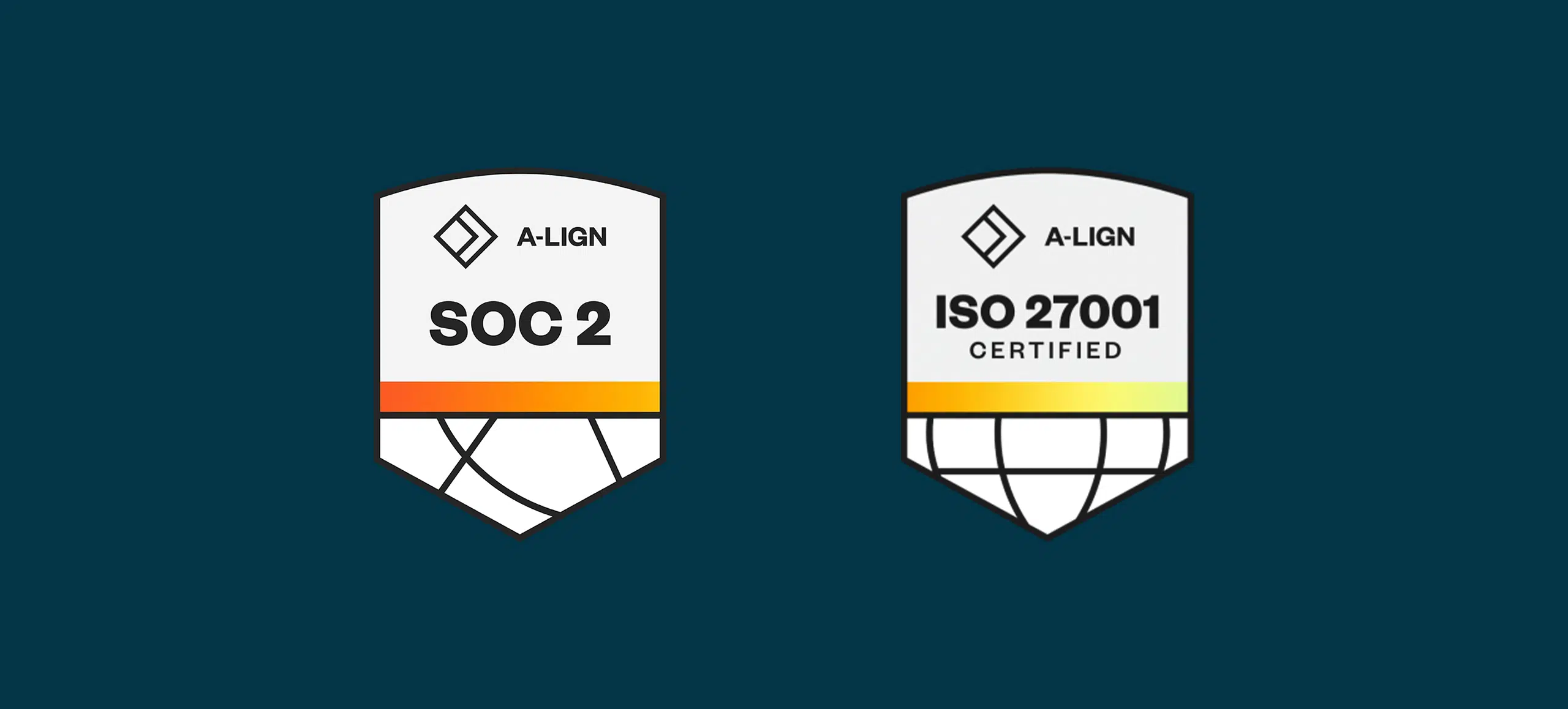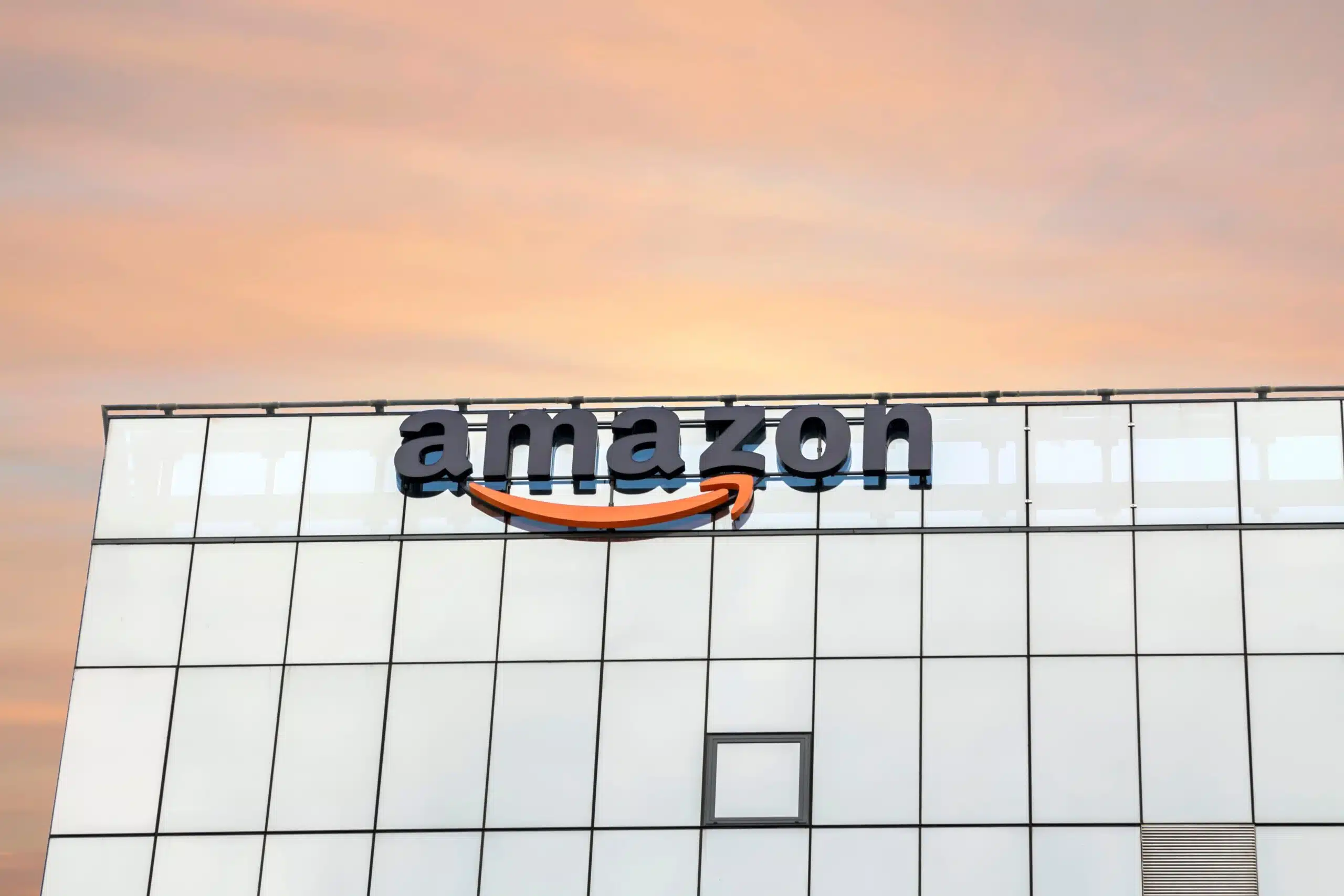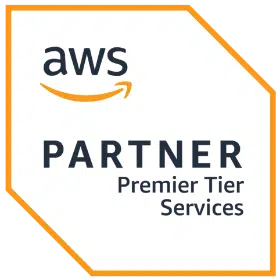The rush of excitement around artificial intelligence and machine learning (AI/ML) is undeniable. These technologies are quickly moving into the enterprise, accelerating workflows and enabling busy teams to offload many of their most time-intensive tasks. But while everyone is eager to find use cases for AI, some companies may not be exercising enough care about what kinds of data they feed into their AI solutions and which other entities might gain access to that information along the way.
Your data governance and privacy obligations don’t end where AI begins, so take the time now to consider the guardrails you need to have in place to ensure you maintain control over your data assets.
Practice good data hygiene
Access to clean and accurate data is critical for any AI/ML initiative. Incomplete, obsolete, or plain old wrong information is the last thing you want to feed into an AI platform. The outputs you receive will be suspect, and those questionable results could find their way into other parts of your business, too. Emphasize good data hygiene across your AWS environments to ensure your information is up to date and correct. These careful practices will enable you to pull more value from your AI solutions and you’ll also avoid the risk of injecting bad information by mistake.
Prioritize data privacy
Consider a scenario where a well-intentioned employee takes your firm’s Salesforce forecast and throws it into ChatGPT. Did you just move proprietary information out of your protected AWS environment and into the wild? And if so, do you have a clear understanding of how your data is processed and what else it might be used for? Because once sensitive data is out there, you aren’t getting it back. Whether you’re working with your own corporate information or data related to customers, patients, students, employees, or collaborators, those people likely expect you to keep their data private and prevent it from being used to train AI/ML models. Strong data privacy and governance practices will ensure you maximize AI’s capabilities without disclosing protected information.
Maintain a human touch
AI seems to be everywhere but it’s important to remember that we’re still in the early days of its use in the commercial space. As more users get first-hand access to the various AI models, reports are popping up about AI “hallucinating,” where results sound very confidently right but are, in fact, entirely wrong. Some outputs are simply inaccurate, others are a complete fabrication. These instances should act as a warning flag to businesses that AI isn’t ready to replace humans. Rarely can the technology produce the desired results on its own. Instead, AI/ML solutions still need governance by people, who can understand context, fact check results, apply their experience, and turn the AI’s outputs into something that’s relevant and usable.
Understand regional considerations
Enterprises working outside the U.S., and particularly those operating in the European Union (EU), should be aware of issues that could affect their use of—or access to—AI/ML solutions. Overseas regulators have discussed potentially limiting AI platforms’ operations in their regions until data privacy, consumer and creator protections, and other issues are resolved. Recent laws such as the EU’s AI Act may affect how businesses apply AI to their workflows. Domestically, a growing patchwork of state-level data privacy laws must also be fully understood before you can be confident your AI initiative is compliant with the regulations that apply in your markets.
Watch for the intersection of shadow IT and AI use
Enterprises already know the struggle of managing shadow IT, which refers to software installations undertaken by employees without the technology group’s authorization. Most shadow IT stems from good intentions—someone needed to complete a task and they found an application or platform to do it. But these rogue installations, however well-meaning, can be a significant vulnerability in your data privacy and security efforts if workers feed the wrong kind of information into an AI/ML solution. You could even run the risk of noncompliance if their actions violate regulatory mandates. Careful management and monitoring of your AWS environment can help minimize opportunities for shadow IT to spring up and improve control over your data.
To ensure your AI strategy doesn’t compromise your security and compliance posture or put data privacy at risk, consider developing governance guardrails to guide your organization forward. Cloudnexa’s data governance and security experts can help you create a plan that suits your enterprise’s unique goals and maintains strong protections for important data assets across your AWS accounts.







